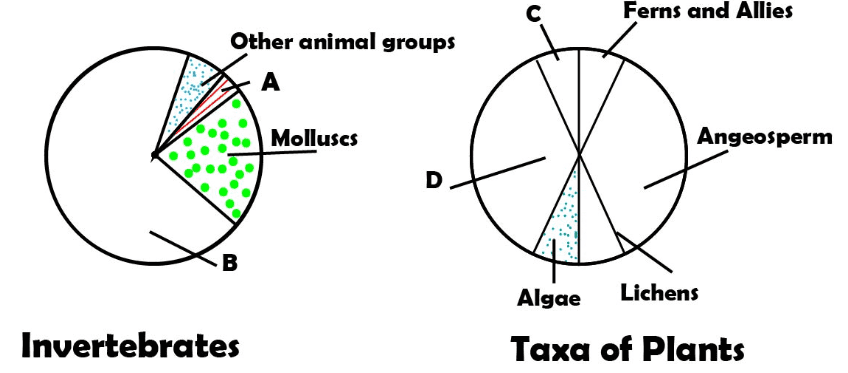Biology Important Questions for Chapter 13 Biodiversity and Conservation Class 12 - FREE PDF Download


FAQs on Biodiversity and Conservation Class 12 Important Questions: CBSE Biology Chapter 13
1. What is the method for downloading important questions of Chapter 13 Class 12 Biology?
Underneath are the steps which will help in downloading the important questions of Chapter 13 of Class 12 Biology:
Visit the page-important questions of Chapter 13 of Class 12 Biology.
This link will take you to the official page of Vedantu.
As the official page will appear, you will see that the important questions of Chapter 13 of Class 12 Biology are available there.
Above the questions, you will discover the option of "Download PDF".
Hit that option.
Your PDF file will be downloaded free of cost.
2. What are the steps one can take to prevent the loss of biodiversity?
The strategies that can be acquired to prevent the loss of biodiversity are as follows:
We should protect useful animals and plants in their habitat. This is known as the natural conservation of plants and animals.
For facilitating the multiplication and growth of endangered species, one should conserve feeding and breeding areas.
Hunting should be banned.
Do not use natural resources unnecessarily.
Conserve habitats of migratory creatures through multilateral or bilateral agreements.
Awareness should be spread among people to conserve biodiversity.
3. What do you mean by the term "Biodiversity hot spots"?
The areas or regions which are rich in species and have a high degree of endemism are known as biodiversity hot spots.
There are a total of 34 biodiversity hot spots in the world.
These hot spots are the areas of accelerated habitat loss.
In India, there are three biodiversity hot spots in the regions of the Western Ghats. These are the Himalayas, the Sundaland and the Indo-Burma region.
Almost 30% of ongoing mass extinction can be reduced by these hot spots.
4. Write some differences between in situ conservation and ex situ conservation.
(a) In situ conservation:
The method in which endangered species are protected in their natural habitat is known as in situ conservation.
The recovery of the population in the surroundings where they have developed their features is done with the help of this conservation.
Example - Wildlife Sanctuaries
(b) Ex situ conservation:
In this conservation, threatened plants and animals are placed in special care units for their protection.
Helps to prevent them from getting extinct and they are kept under stimulated conditions.
Example - Zoological Parks
5. Define IUCN Red List.
The list or catalogue of Taxa that are facing the risk of extinction is called IUCN Red List.
Following are the uses of the list:
Helps in spreading awareness about the threat of biodiversity loss.
It is used in doing documentation and identification of species that are endangered.
It gives the global index of the decline of biodiversity.
The list is used in defining conservation.
There are 8 red list categories of species. These are:
Not evaluated
Data deficient
Lower risk
Vulnerable
Endangered
Critically endangered
Extinct in wild
Extinct
6. Why should I focus on the important questions for Chapter 13 - Biodiversity and Conservation?
These questions are tailored to cover the most critical concepts from the chapter, helping you understand essential topics like biodiversity, conservation methods, and threats to ecosystems, which are vital for scoring well in your exams.
7. Are these important questions enough for complete exam preparation?
Yes, these questions are designed to address all major concepts of the chapter. However, supplementing them with NCERT reading and practical application is recommended for thorough preparation.
8. What topics are covered in the important questions for Chapter 13?
These questions focus on biodiversity levels, biodiversity hotspots, threats to biodiversity, conservation strategies, and sustainable development, aligning with the key topics of the chapter.
9. Can I download the important questions for FREE?
Yes, Vedantu offers a FREE PDF Download of the important questions for easy access and study anytime, anywhere.
10. How will these questions help me with time management during exams?
Practising these questions regularly will make you familiar with the exam pattern and question types, improving your speed and efficiency during the exam.
11. Are these questions useful for competitive exams like NEET?
Yes, the important questions strengthen the foundational knowledge of biodiversity, which is also relevant for exams like NEET.
12. Can I use these questions for revision just before the exams?
These questions serve as an excellent revision tool to quickly revise key topics and reinforce your understanding just before the exam.

























